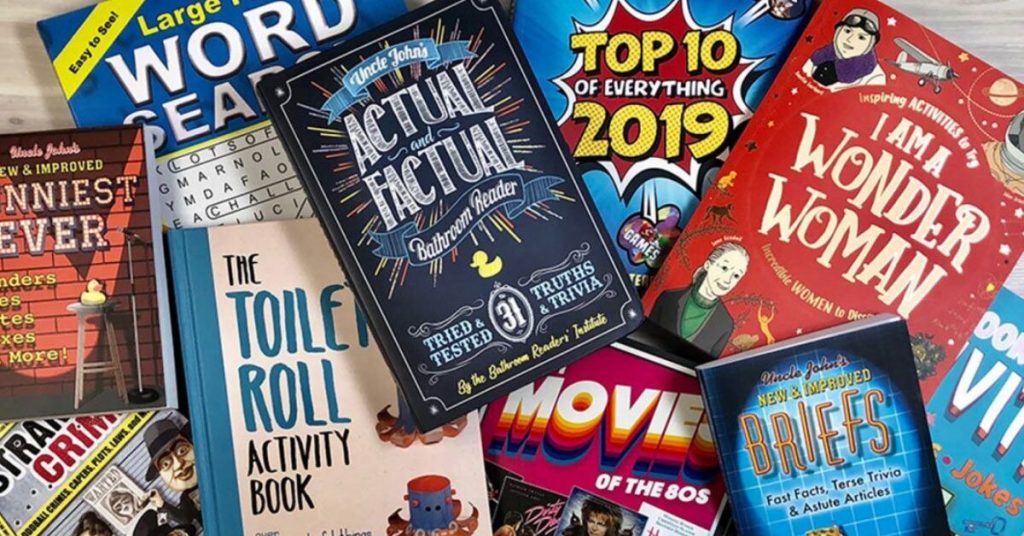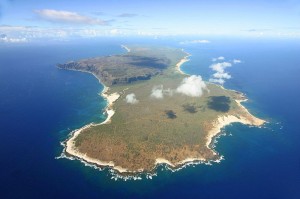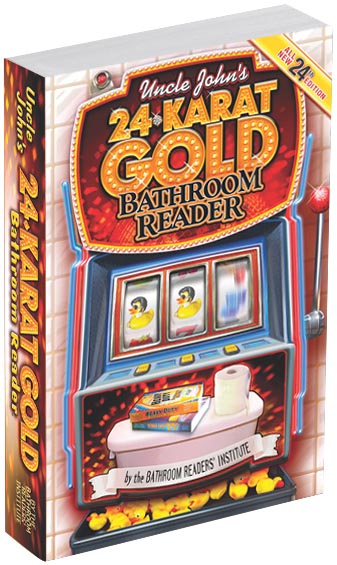FORBIDDEN ISLAND, USA
If you’ve ever visited the Hawaiian islands, you may already know that
one of them, Niihau, west of Kauai, is off-limits to outsiders. Here’s the
story of how that came to be, and what life on the island is like today.In 1863 Eliza McHutchison Sinclair, the wealthy 63-year-old widow of a Scottish sea captain, set sail with her children and grandchildren from New Zealand for Vancouver Island off the southwest coast of Canada. There she hoped to buy a ranch large enough to support the dozen family members who were traveling with her, but after arriving in Canada, she decided the country was too rough for a ranch to be successful. Someone suggested she try her luck in the kingdom of Hawaii, 2,400 miles west of North America in the middle of the Pacific Ocean. On September 17, 1863, she and her family sailed into Honolulu harbor, and quickly became friends with King Kamehameha IV.
The Sinclairs toured the islands looking for suitable ranch property. They turned down an opportunity to buy much of what is now downtown Honolulu and Waikiki beach, and they passed on a chance to buy much of the land in and around Pearl Harbor. “After some months of looking,” Eliza’s daughter Anne recalled years later, “we gave up and decided to leave for California. When King Kamehameha heard of this he told us that if we would stay in Hawaii he would sell us a whole island.”
SALE PENDING
The island was Niihau (pronounced NEE-ee-HAH-oo), a 72-square-mile island 18 miles off the southwest coast of Kauai. Population: about three hundred natives. Anne’s brothers, Francis and James Sinclair, had a look and liked what they saw. They offered King Kamehameha $6,000 in gold; the King countered with $10,000 (about $1.5 million in today’s money). Sold! Kamehameha IV died before the sale could be completed, but his successor, King Kamehameha V, honored the deal. In 1864 the Sinclairs ponied up about 68 pounds of gold, and Niihau has been the family’s private property ever since.CAVEAT EMPTOR
History (including Hawaiian history) is filled with examples of indigenous peoples being cheated out of their land by unscrupulous outsiders, but this may be a case where the natives pulled one over on the foreigners. When the Sinclair brothers first laid eyes on Niihau, the island was lush and green, seemingly the perfect place to set up a ranch. What Kamehameha apparently did not tell them was that the island was coming off of two years of unusually wet weather. Normally it was semi-arid, almost a desert. Niihau sits in the “rain shadow” of Kauai and receives just 25 inches of rain a year, compared to more than 450 inches on the wettest parts of Kauai. Droughts on Niihau are so severe that it was common for the Niihauans to abandon their island for years on end until the rains returned. If they didn’t leave, they starved.Indeed, the only reason the island was available for sale—and the reason Kamehameha was so eager to unload it—was because it was so barren. After the Great Mahele (“division”) of 1848, when the monarchy made land available for purchase by native Hawaiians for the first time, the Niihauans had tried to buy the island themselves. They’d hoped to pay for it with crops and animals raised on the island, but the land wasn’t productive enough for them to do it, not even when the price of the land was just a few pennies an acre. They ended up having to lease the island from the King instead, at an even lower price. By the time the Sinclairs sailed into Honolulu harbor in September 1863, the Niihauans had fallen so far behind on even these meager payments that Kamehameha IV was ready to sell the island to someone else.
HEDGING HER BETS
After the sale went through, the Sinclairs built a large house on the west coast of Niihau and set up their ranch. But the dry weather returned, and it became evident that the operation might never be successful. Luckily, Eliza Sinclair still had plenty of gold left, and in the 1870s she bought 21,000 acres of land on Kauai that the family developed into a sugarcane plantation. It, too, remains in the family to this day. (In 1902 Eliza’s grandson bought the island of Lanai at a property auction, making the family sole owners of two of the eight inhabited Hawaiian Islands…but only for a time. They sold Lanai to the Hawaiian Pineapple Company—now part of Dole—in 1922.)CHANGES, CHANGES, EVERYWHERE
When King Kamehameha V signed ownership of the island over to the Sinclairs, he told them, “Niihau is yours. But the day may come when Hawaiians are not as strong in Hawaii as they are now. When that day comes, please do what you can to help them.” The Sinclairs, it turned out, were more than just the owners of an island—they were also the rulers of the Hawaiians who lived on Niihau…at least those who chose to stay on the island after it changed hands. Having their land sold out from under them was a bitter blow to the Niihauans, and many moved off the island. By 1866 the native population of Niihau was half of what it had been in 1860.Those Niihauans who moved away soon discovered that change was coming to all the islands, not just to Niihau. And few of the changes would be to their benefit. In 1887 a group of armed American and European landowners forced King Kalakaua to sign what has become known as the Bayonet Constitution, which stripped the king of much of his power and denied many native Hawaiians the right to vote. According to the new constitution, foreign-born landowners were allowed to vote, even if they weren’t Hawaiian citizens.
Kalakaua died in 1891, and his sister Liliuokalani became Queen. In 1893 she tried to replace the Bayonet Constitution with one that restored the power of the monarch, but her attempts had the opposite effect and she was overthrown in a coup organized by the foreign landowners. The Republic of Hawaii was declared in 1894, and in 1898 Hawaii was annexed by the United States.MEANWHILE, BACK AT THE RANCH
Eliza Sinclair did not live to see the overthrow of the Hawaiian monarch; she died in 1892. Other family members opposed it, and it’s likely that she would have too. She was deeply concerned about the threat the outside world posed to the Hawaiian culture and way of life. Those threats went way beyond politics: They included exposure to deadly Western diseases as well as alcoholism, prostitution in the seafaring ports, gambling, tobacco, and other vices of the modern world. English was quickly displacing Hawaiian as the primary language of the islands, and even the hula and other Hawaiian art forms were beginning to disappear.It was distressing for all Hawaiians to see their way of life under threat. What set the Niihauans apart was the fact that their island was owned by a family that was willing and able to honor the commitment made to King Kamehameha V to assist them in preserving their culture. Beginning with Eliza Sinclair, and continuing with her grandson Aubrey Robinson, who assumed responsibility for Niihau after her death, the family began limiting access to Niihau as a means of allowing the Niihauans to live their lives as they always had, free from the pressures of the modern world. When a measles epidemic on Niihau killed 11 children in the 1930s, they sealed off the island almost completely.
Over the years, control of the island passed from Aubrey to his son Aylmer and then to Aylmer’s brother Lester. When Lester died in 1969 his widow Helen Robinson assumed responsibility, and when she died in 2002 control passed to her sons Keith and Bruce Robinson. They oversee the island today.
Each generation of the family has respected the wish of the Niihauans (and Eliza Sinclair) to maintain their isolation from the outside world. The Niihauans are free to come and go as they please, and many do spend significant portions of their lives off the island. But outsiders can visit Niihau only with the Robinsons’ personal permission, and that is rarely given.
LAST OF ITS KIND
If you’ve ever been to Hawaii, you know that there’s plenty of Hawaiian culture to be found in the museums and souvenir shops that serve the 6 million tourists who visit each year. But that’s about the only place you’ll find it. The 80,000 Hawaiians who claim full native-Hawaiian ancestry today make up less than 6% of the state’s total population. Fewer than 2,000 Hawaiians are native Hawaiian speakers, and half of those are over 70 years old.There are no communities left on the Hawaiian Islands that speak Hawaiian as their first language. No communities, that is, except one: the 130 Hawaiians who live on Niihau. Their culture and privacy are still carefully guarded by the descendants of Eliza Sinclair. On every other island, the traditional Hawaiian way of life has all but disappeared.
Part II of the story is on page 457.
That’s just an excerpt from one of hundreds of brand new stories in our brand new publication – Uncle John’s 24-KARAT GOLD Bathroom Reader.
You can get that pretty new book right now now for yourself and ten of your friends – at 30% off the usual price (along with all of our books), as part of our annual HOLIDAY SALE. Please do take a stroll around – we think you’ll find something you like.
*** Previous excerpt here. We’ll be providing more in the days to come, including the stories of several people who performed intensive surgery…on themselves.










